Our Legends:
Dr. Gopalasamudram Narayanan Ramachandran
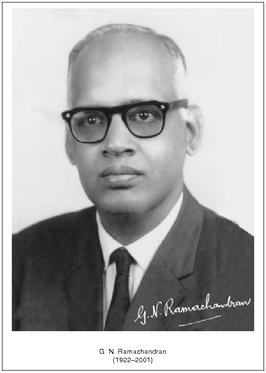
Dr. G. N. Ramachandran, an eminent Indian physicist and crystallographer, is best known for his groundbreaking work in the field of molecular biology, particularly the discovery of the Ramachandran Plot. This plot, developed in collaboration with colleagues C. Ramakrishnan and V. Sasisekharan in 1963, is a fundamental tool in understanding protein structure.
The Ramachandran Plot maps the allowed regions of dihedral angles (phi and psi) in protein backbones, illustrating the steric constraints on peptide bond angles. It helped explain the conformations that protein chains can adopt without encountering unfavorable steric collisions, providing a deeper understanding of protein folding and structure.
Ramachandran also contributed to the study of collagen, a structural protein, where he worked on its triple-helix model, now referred to as the Ramachandran-Kartha model. His contributions have had a lasting impact on structural biology and bioinformatics.
Dr. Homi Jehangir Bhabha (30 October 1909 – 24 January 1966)
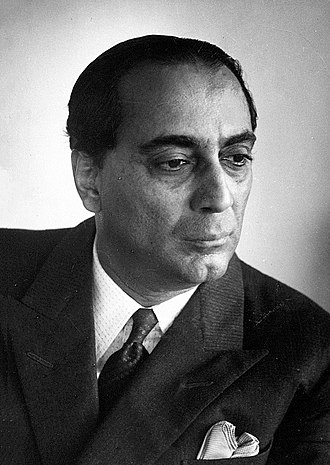
Homi Jehangir Bhabha, often hailed as the “Father of Indian Nuclear Science,” was a pioneering nuclear physicist and visionary who laid the foundation for India’s atomic energy program. He established the Tata Institute of Fundamental Research (TIFR) in Mumbai and the Atomic Energy Commission of India, spearheading the country’s nuclear research and development. His strategic vision led to the establishment the Bhabha Atomic Research Centre (BARC), advancing India’s capabilities in nuclear energy and technology. Bhabha also made significant contributions to theoretical physics, including studying cosmic ray showers, famously known as “Bhabha Scattering.” His leadership was instrumental in positioning India as a prominent player in global scientific and nuclear research, advocating for the peaceful use of atomic energy while ensuring the country’s self-reliance in strategic technology.
Dr. A. P. J. Abdul Kalam (1931–2015)

Dr. A. P. J. Abdul Kalam, fondly known as the “Missile Man of India,” was a distinguished aerospace scientist and the 11th President of India (2002–2007). He was instrumental in developing India’s missile and nuclear programs, including the Agni and Prithvi missiles and the Pokhran-II nuclear tests, which established India as a nuclear power. Kalam also played a pivotal role in the Indian space program, contributing to the launch of the SLV-III, which successfully placed the Rohini satellite in orbit.
As President, he was
celebrated as the “People’s President” for his accessibility,
humility, and dedication to public service. He tirelessly promoted education
and innovation, particularly among the youth, often encouraging students to
“dream big.” Kalam authored several inspirational books, such as Wings
of Fire and Ignited Minds, which continue to inspire millions. His
vision for India as a developed nation, outlined in his book India 2020,
remains a guiding light for the country’s progress. His life and work symbolize
dedication, integrity, and a commitment to national development and scientific
advancement.
Dr. Janki Ammal (4 November 1897 – 7 February 1984)
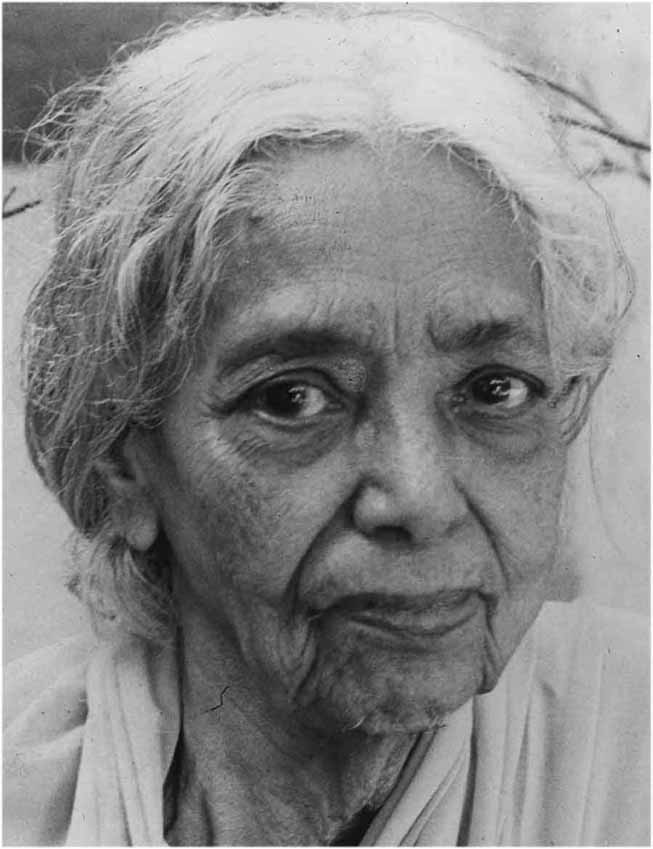
Dr. Janaki Ammal was a pioneering Indian botanist and cytogeneticist who significantly contributed to plant breeding, cytology, and ethnobotany. Born in 1897, she broke barriers in the field of science, becoming one of the first Indian women to obtain a PhD in botany. Her research on sugarcane and brinjal genetics played a crucial role in improving crop yields and developing hybrid varieties suited to India’s diverse climates.
Ammal’s work at the Sugarcane Breeding Institute in Coimbatore led to the development of varieties that were sweeter and more resistant to pests and diseases, directly impacting India’s sugar production and economy. Her cytogenetics and plant breeding expertise also took her to the UK, where she collaborated with scientists at the John Innes Horticultural Institution and the Royal Horticultural Society.
Sir Jagadish Chandra Bose (1858–1937)

Sir Jagadish Chandra Bose was a pioneering Indian scientist who made significant contributions to plant physiology and biophysics. He demonstrated that plants respond to external stimuli like pain, pleasure, and stress, similar to animals. He invented the crescograph, an instrument that measures plant growth with high precision, and showed that plants have a complex internal signaling system. Bose also contributed to early radio science and founded the Bose Institute in Kolkata to promote scientific research. His work challenged the conventional views on plant life and laid the foundation for modern plant physiology and electrophysiology.
Birbal Sahni (1891–1949)
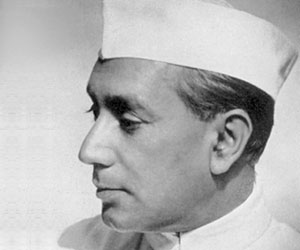
Birbal Sahni was a renowned Indian paleobotanist and geologist, known for his pioneering research on the fossils of the Indian subcontinent. He made significant contributions to understanding the prehistoric plant life of India and its geological history. Sahni’s work on plant fossils, especially those from the Gondwana period, provided insights into ancient flora and the Earth’s climatic changes. He established the Birbal Sahni Institute of Palaeobotany in Lucknow, which remains a leading center for paleobotanical research. His studies laid the groundwork for the development of paleobotany in India and contributed significantly to global geological sciences.
M. S. Swaminathan
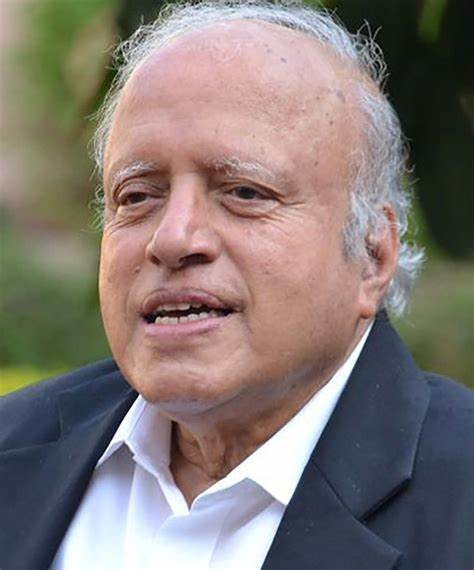
M. S. Swaminathan (born 1925) is an eminent Indian geneticist and agricultural scientist, widely regarded as the “Father of the Green Revolution in India.” He played a pivotal role in transforming India’s agriculture by developing and promoting high-yielding varieties of wheat and rice, which led to a dramatic increase in food production during the 1960s and 1970s. His efforts helped India achieve self-sufficiency in food grains and averted widespread famine. Swaminathan’s work combined agricultural research, policy advocacy, and rural development. He founded the M. S. Swaminathan Research Foundation (MSSRF) to continue research in sustainable agriculture, food security, and rural development. His contributions have had a lasting impact on global food security and agricultural practices.
Asis Datta

Asis Datta is a prominent Indian molecular biologist and biotechnologist known for his pioneering research in plant genetics and genomics. He has made significant contributions to understanding plant metabolism, genetic engineering, and the development of genetically modified crops. His work includes enhancing the nutritional quality of staple foods such as potatoes and tomatoes by increasing their protein and essential amino acid content. Datta was the founding director of the National Institute of Plant Genome Research (NIPGR) in New Delhi and has received numerous awards for his contributions to biotechnology and plant science. His research has had a profound impact on improving crop productivity and nutritional security in India and beyond.
Anil Kumar Gupta
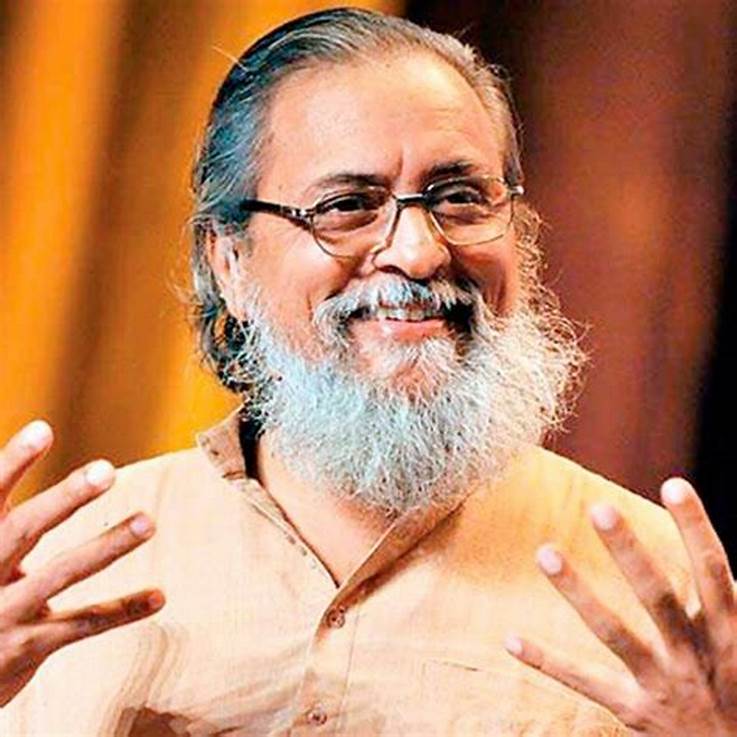
Anil Kumar Gupta is an Indian scholar and social activist known for his work in grassroots innovation and the promotion of indigenous knowledge. He is the founder of the Honey Bee Network, which scouts, documents, and disseminates traditional knowledge and grassroots innovations developed by rural communities across India. Gupta’s efforts have brought attention to the creativity and ingenuity of local farmers, artisans, and rural entrepreneurs, often overlooked in conventional research and development. He has also been associated with the National Innovation Foundation (NIF) and has been a strong advocate for sustainable development and inclusive innovation. His work has played a crucial role in recognizing and valuing local innovations in agriculture, healthcare, and technology, contributing to the empowerment of rural communities.
Madhav Gadgil
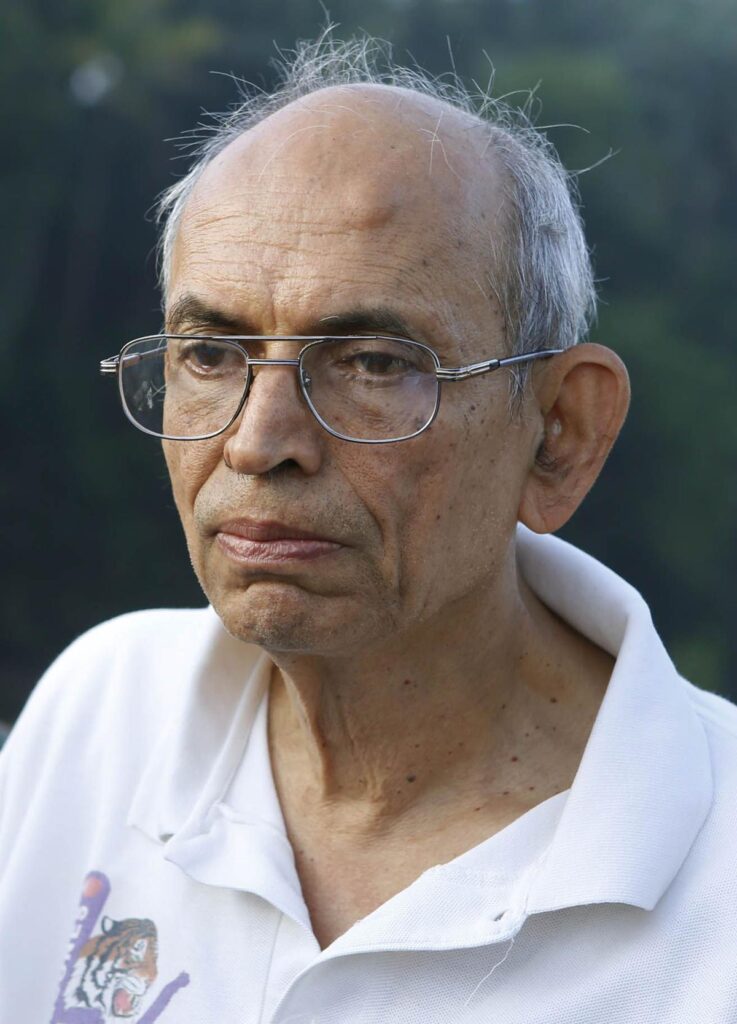
Madhav Gadgil is a renowned Indian ecologist, conservation biologist, and environmental scientist. He is best known for his contributions to understanding the biodiversity and ecology of the Western Ghats, a global biodiversity hotspot. Gadgil played a pivotal role in developing the concept of the “People’s Biodiversity Register,” which documents local ecological knowledge and biodiversity with community participation. He was the chair of the Western Ghats Ecology Expert Panel (also known as the Gadgil Committee), which proposed sustainable development strategies for the region. His work has significantly influenced environmental policy in India, promoting community-based conservation, sustainable development, and the protection of natural resources.
K. S. Bilgrami
K. S. Bilgrami is an Indian botanist and mycologist known for his contributions to the fields of plant pathology and fungal biology. His research primarily focuses on plant diseases, mycology, and the biodiversity of fungi in India. Bilgrami has authored several books and research papers on fungi, their taxonomy, and their impact on agriculture. His work has helped in understanding plant-pathogen interactions and the management of plant diseases, which is crucial for sustainable agriculture. He has also served in various academic and administrative roles, promoting botanical and environmental sciences in India.
